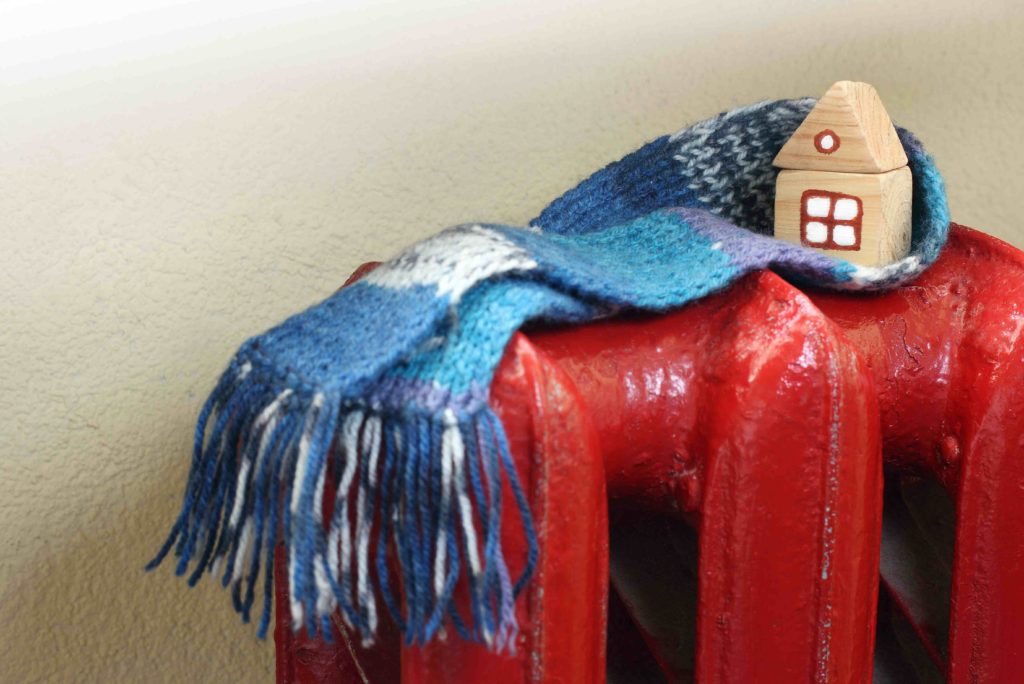
Energy efficiency is quite the “buzz phrase” these days. Whenever you shop for appliances, the energy-efficient ones seem to be sparkling with extra features and the guarantee that you will save money on your electric, gas, and water bills. People in all communities are talking about helping create a greener planet, and there are many programs out there offering rebates and incentives when you make energy-efficient improvements. But how do you go about doing this?
What is Means to Be Energy Efficient
Energy efficiency means that an appliance or a system will not use as much electricity, gas, water, or fuel as older, traditional machines. Energy-efficient appliances will not cut corners on their required jobs (often performing better than older models) and will use less energy in the process, meaning less pollution, less waste, and lower costs.
Using energy-efficient appliances is one of the easiest, most cost-effective ways to lower energy waste and help work toward a cleaner, greener environment.
Types of Energy Efficient Appliances or Upgrades
Making your home energy efficient can be as simple as replacing light bulbs or going as far as replacing all of your home’s insulation. Here are some examples:
- Light bulbs – LED light bulbs made by Energy Star can use up to 90% less energy while still providing the same amount of light. Some even have extra features like dimming capabilities and light throwing.
- Windows – Many old windows leak air and make rooms drafty, letting out heat in the winter and allowing it in during the summer. Energy-efficient windows are made with materials that don’t allow loss of heat.
- Insulation – Usually, when people hear insulation, they think walls and attics, and they’re right! Making sure all the extra space inside your home is filled with material that doesn’t allow for heat transfer can save you a great deal in heating and cooling your home.
- Smart thermostats – These thermostats “learn” your habits and preferences to keep your home at the temperature you want without wasting energy when you are not there.
- Computer power strips – When you hook your computer and accessories to a smart power strip, the strip will put your electronics into sleep mode when you aren’t using them, thus saving a great deal of power.
- Washing machines – Energy-efficient washers can sense load sizes and soil levels, using less water and power to wash the same amount of clothes.
- Dryers – New and improved dryers use less energy to dry clothes by sensing the moisture levels and achieving dry times more quickly. In the meantime, you could always hang things that take a lot of drying, like towels and jeans, out in the sun—nature’s most efficient dryer!
- Air conditioning units – Energy-efficient air conditioning can mean central air for your entire home or a simple room air conditioner.
- Furnaces – Energy-efficient furnaces heat your home with less energy, keeping it warm longer for less money. These can replace wood stoves.
This is only part of the list! Reach out to your local utility company to ask about the appliances and systems they suggest and if there are any rebates or incentives you could receive by upgrading your home.
